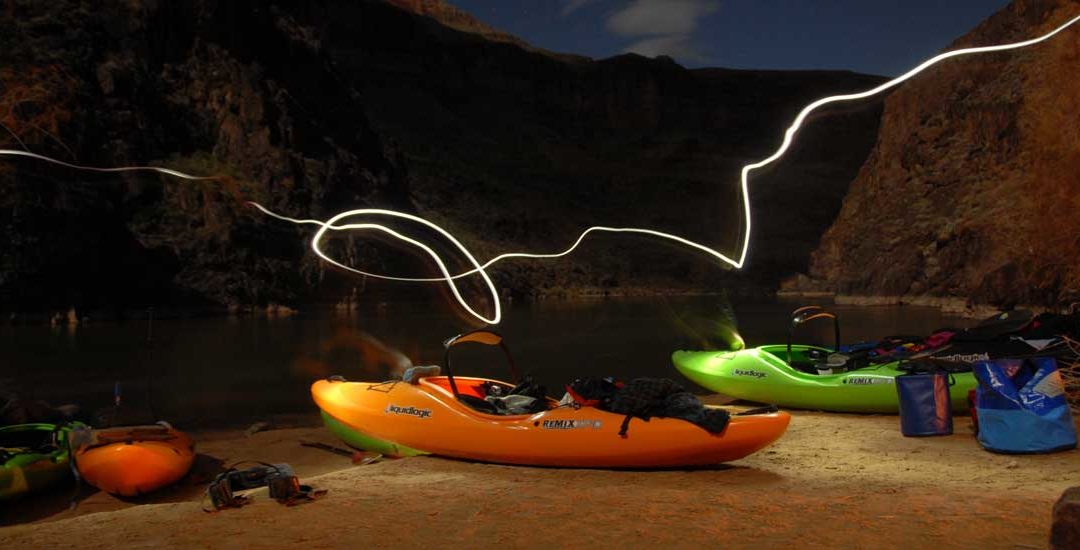
Tell Your Representative: No Lump Sum For Future Duke Energy Rate Hikes
Tell Your Representative: No Lump Sum For Future Duke Energy Rate Hikes
MountainTrue’s French Broad Riverkeeper Hartwell Carson testifies to the NC Utilities Commission at a hearing about Duke Energy’s proposed rate hike in 2017.
Action Expired
HB 624 would be a gift from NC legislators to Duke Energy, but it’s an insult to North Carolina’s ratepayers.
Yesterday, legislation that means trouble for anyone worried about their energy bill in North Carolina passed the NC Senate.
If the House version of this bill – HB 624 – passes, Duke Energy would no longer have to get approval from the NC Utilities Commission every time the company wants to raise energy costs on customers. Instead, this bill would allow regulators to approve yearly rate hikes for up to five years all at once.
HB 624 reduces transparency and accuracy around Duke Energy’s rate hikes, and limits the right for ratepayers to have a say when their energy bills are set to rise.
And since the bill allows rate hikes to be approved years ahead of time, it opens the door for ratepayers to be significantly overcharged for energy costs. We’ve already seen this happen in Virginia and South Carolina (details below action).
The amount you’ll pay for your energy bill in 2024 shouldn’t be decided in 2020 when any number of factors could change those costs by then. That’s just common sense, and politicians on both sides of the aisle should support making sure future costs to consumers are as accurate and transparent as possible.
Energy rate hikes are no small thing for North Carolinians trying to make ends meet. Take the action below to tell your NC House Representative: No lump sum for future Duke rate hikes. Vote No on HB 624.
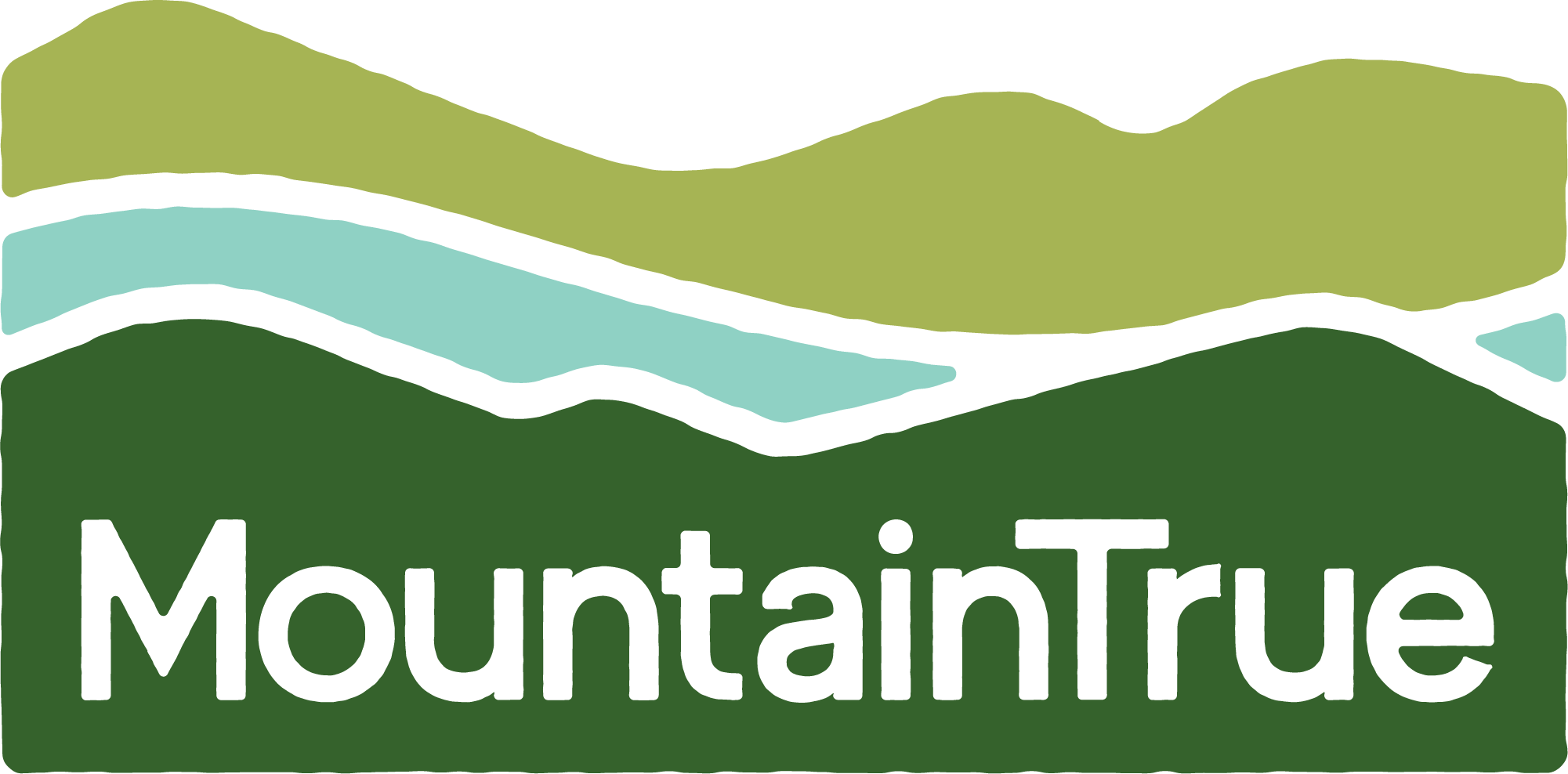
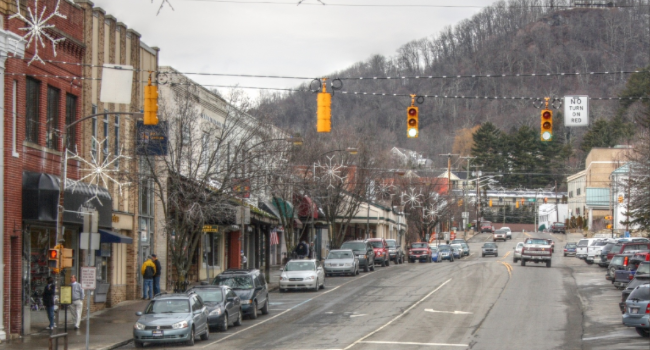
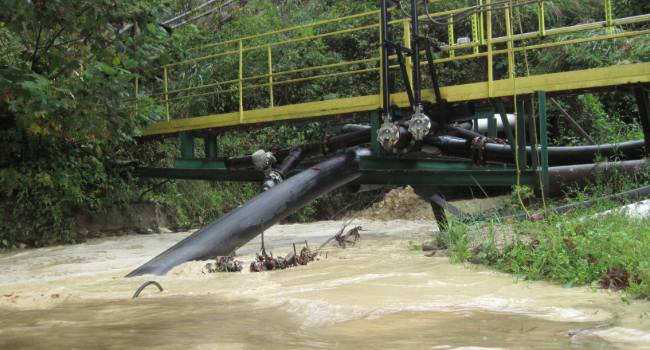


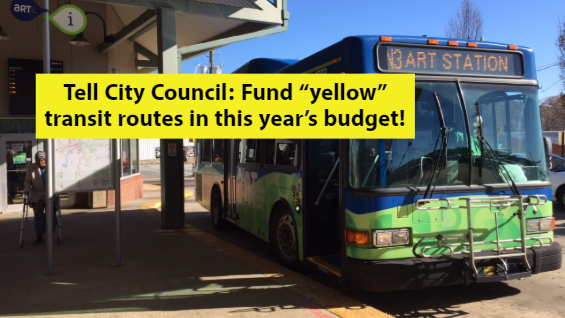


 For six years, MountainTrue members kept the pressure on Duke Energy and the state Department of Environmental Quality to clean up the coal ash mess and to move beyond fossil fuels toward more efficiency and renewable energy. You are part of that legacy. Your support held Duke Energy accountable. These victories are an important reminder that your activism can change the course of history.
For six years, MountainTrue members kept the pressure on Duke Energy and the state Department of Environmental Quality to clean up the coal ash mess and to move beyond fossil fuels toward more efficiency and renewable energy. You are part of that legacy. Your support held Duke Energy accountable. These victories are an important reminder that your activism can change the course of history.